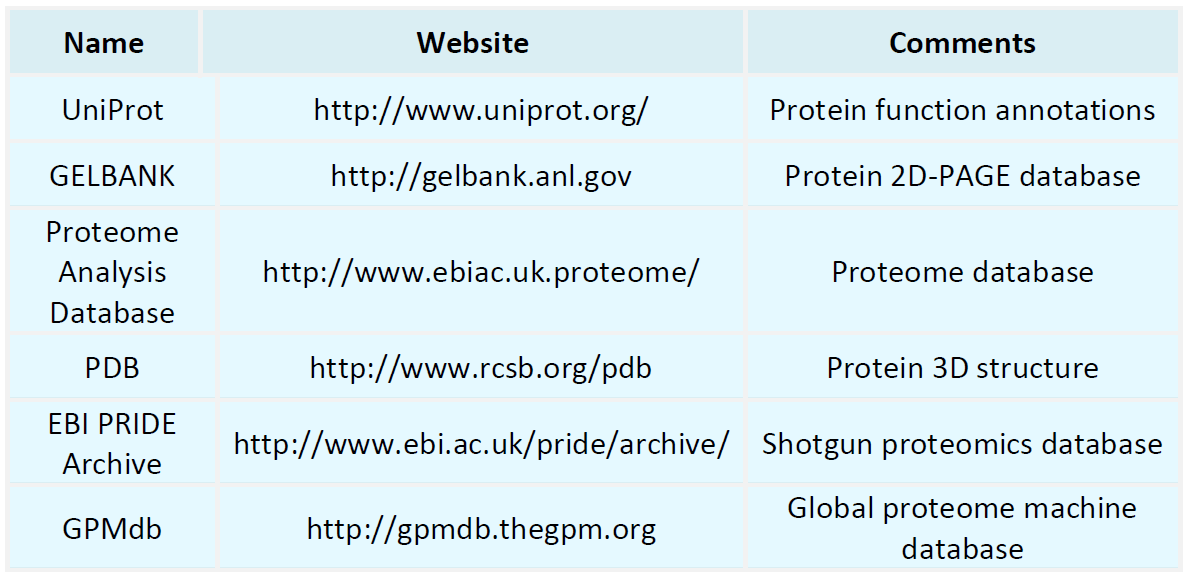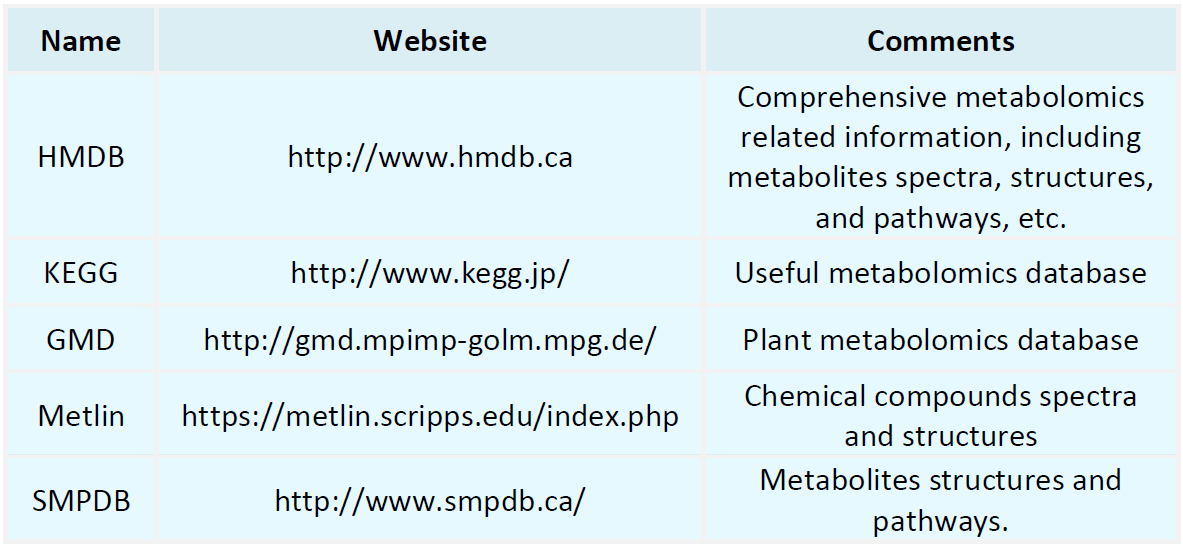Resources
Proteomics Databases

Metabolomics Databases

-
• How to Identify Ubiquitination Substrates Using Mass Spectrometry?
Ubiquitination is an important protein modification process that regulates many important biological processes in cells, such as protein degradation, signal transduction, and cell cycle regulation. To understand the function and mechanism of ubiquitination, it is crucial to identify and characterize ubiquitination substrates. Mass spectrometry technology, as a powerful tool, provides an important means to search for ubiquitination substrates.
-
• Ubiquitinomics Unveiling the Mechanisms of Ubiquitination in Regulating Protein Degradation
When there is an excess, damage, or need for adjustment of proteins, cells need a mechanism to degrade them in a timely manner. Ubiquitin-mediated protein degradation is one of the most important degradation pathways in cells. In this article, we will uncover the secrets of ubiquitin-mediated protein degradation based on ubiquitinomics.
-
• Deciphering the Protein Ubiquitination Modification Network via Ubiquitinomics Techniques
With the development of ubiquitinomics technology, we are able to comprehensively decipher the protein ubiquitination network, revealing its regulatory mechanisms and biological functions. This article will discuss the importance of ubiquitinomics technology and emphasize its role in deciphering protein ubiquitination modifications network.
-
• Protein Mass Spectrometry Identification of Molecular Weights
Protein is a molecule that plays important roles in biological organisms, and its molecular weight is crucial for understanding the structure, function, and interactions of proteins. However, due to the complexity and heterogeneity of proteins, traditional analytical methods often struggle to accurately determine the molecular weight of proteins.
-
Protein is an important component of organisms and plays various crucial roles in cellular functions. Understanding the composition, structure, and interactions of proteins is of significant importance in the field of cell biology and the development of innovative biopharmaceuticals. In this regard, protein mass spectrometry has become an important tool in the research of biopharmaceuticals due to its efficiency and accuracy.
-
• Single-Cell Proteomics: How to Reveal Cellular Heterogeneity?
Cells are the basic units of the organism, and there is a huge difference between different cells in structure and function. To further understand the diversity and regulatory mechanism of cells, traditional population-level proteomics can no longer meet the demand. Single-cell proteomics is a high-throughput technology used to study protein expression in individual cells. Through it, we can reveal the differences between cells and gain a deep understanding of the function and regulation mechanism of ......
-
Protein mass spectrometry sequencing technology is an efficient and rapid method to determine protein composition and sequence. It plays a significant role in revealing the structure and function of protein networks. Mass Spectrometer and Spectra Analysis The mass spectrometer is the core tool of protein mass spectrometry sequencing. Through the mass spectrometer, we can ionize protein molecules and measure their mass-to-charge ratio. The mass spectrometer can provide high-resolution and high-sensit......
-
• Uncovering Key Information About Disease Mechanisms Using Protein Quantitative Mass Spectrometry
Proteins are important functional molecules in living organisms. This makes protein quantitative mass spectrometry important and widely applicable in revealing disease mechanisms. Through this technology, key information can be obtained to study the molecular mechanisms of disease occurrence and development. At the same time, understanding the quantitative changes in proteins during disease processes is also of great significance for finding new therapeutic targets and personalized medicine. Proteom......
-
• In-depth Exploration of the Accuracy and Reliability of Protein N-terminal Sequencing Technology
Protein N-terminal sequencing technology aims to determine the starting amino acid residue of protein molecules. Commonly used techniques include N-terminal microsequencing, protein digestion and mass spectrometry. These techniques can analyze the amino acid sequence at the N-terminal of proteins, revealing the starting position of proteins. Service Advantages 1. Accuracy Protein's N-terminal sequencing has high accuracy in determining the starting position of proteins. By combining different experi......
-
• Hydrogen-Deuterium Exchange Mass Spectrometry and Protein Interaction
Over the past few decades, scientists have developed many tools and techniques for studying protein interaction, among which Hydrogen Deuterium Exchange Mass Spectrometry (HDXMS) is a very useful method. Hydrogen Deuterium Exchange Mass Spectrometry is a method of studying the structure and interaction of proteins by measuring the rate of hydrogen-deuterium exchange in proteins. In the process of hydrogen-deuterium exchange, the exchangeable hydrogen atoms in proteins will exchange with deuterium in......
How to order?







